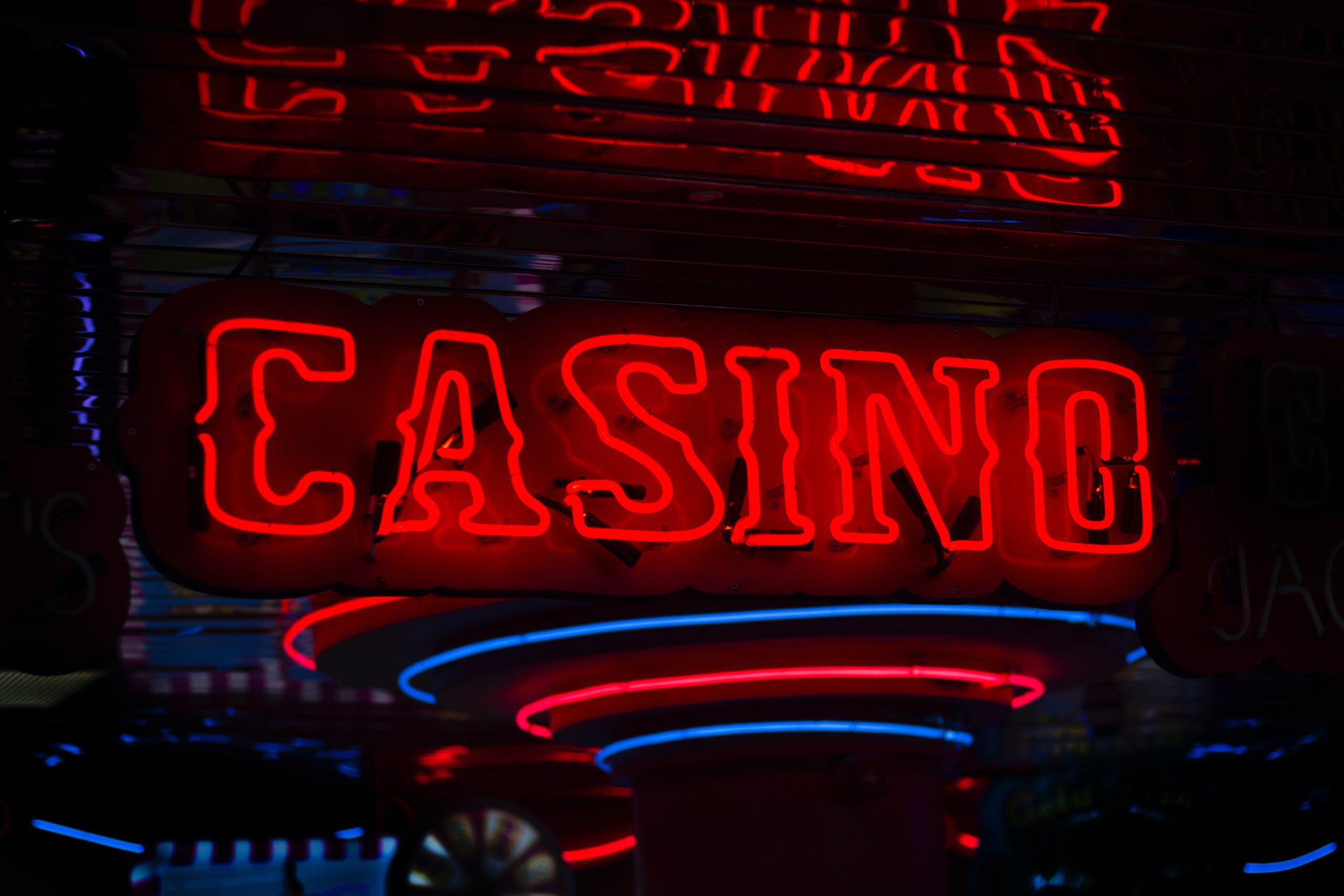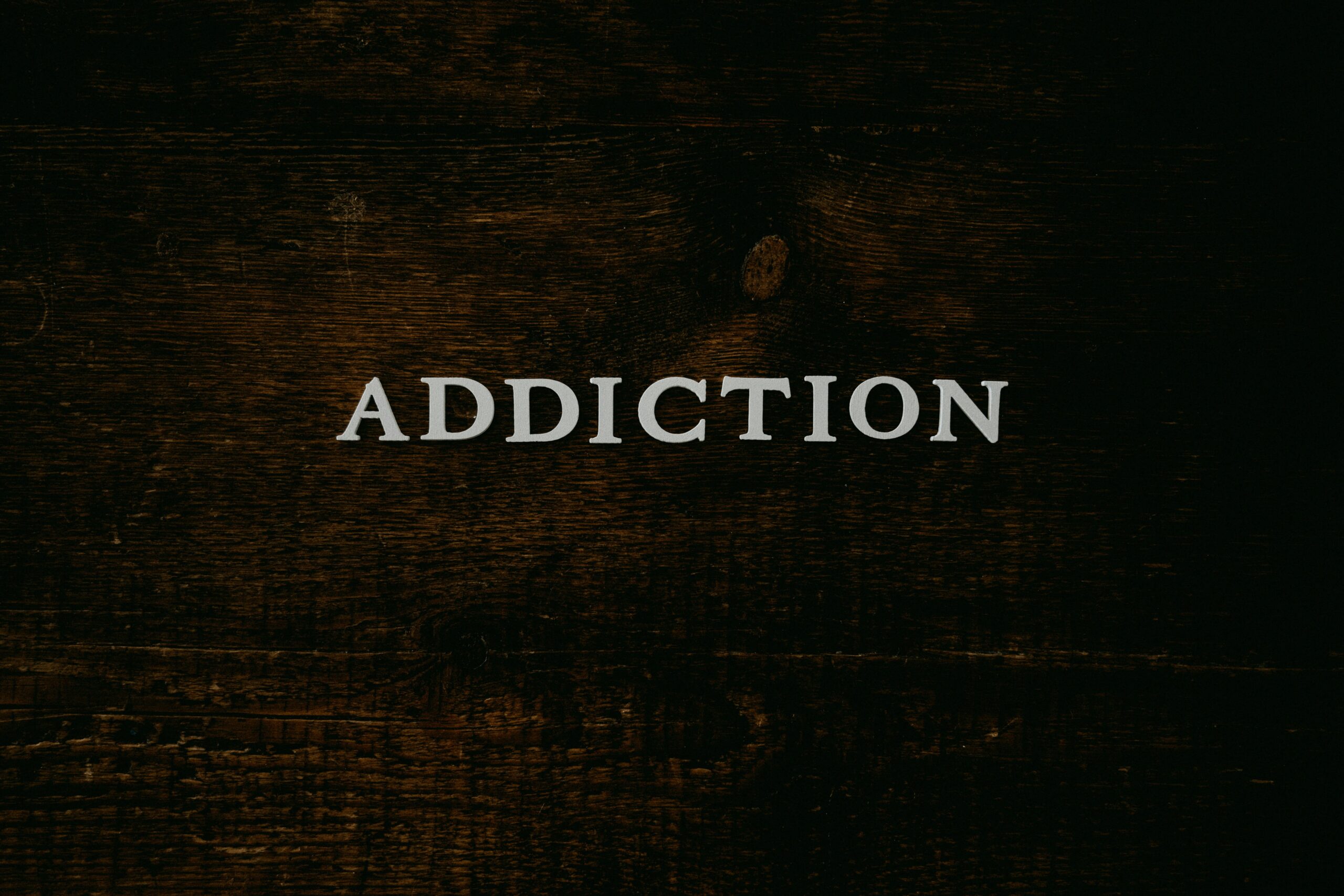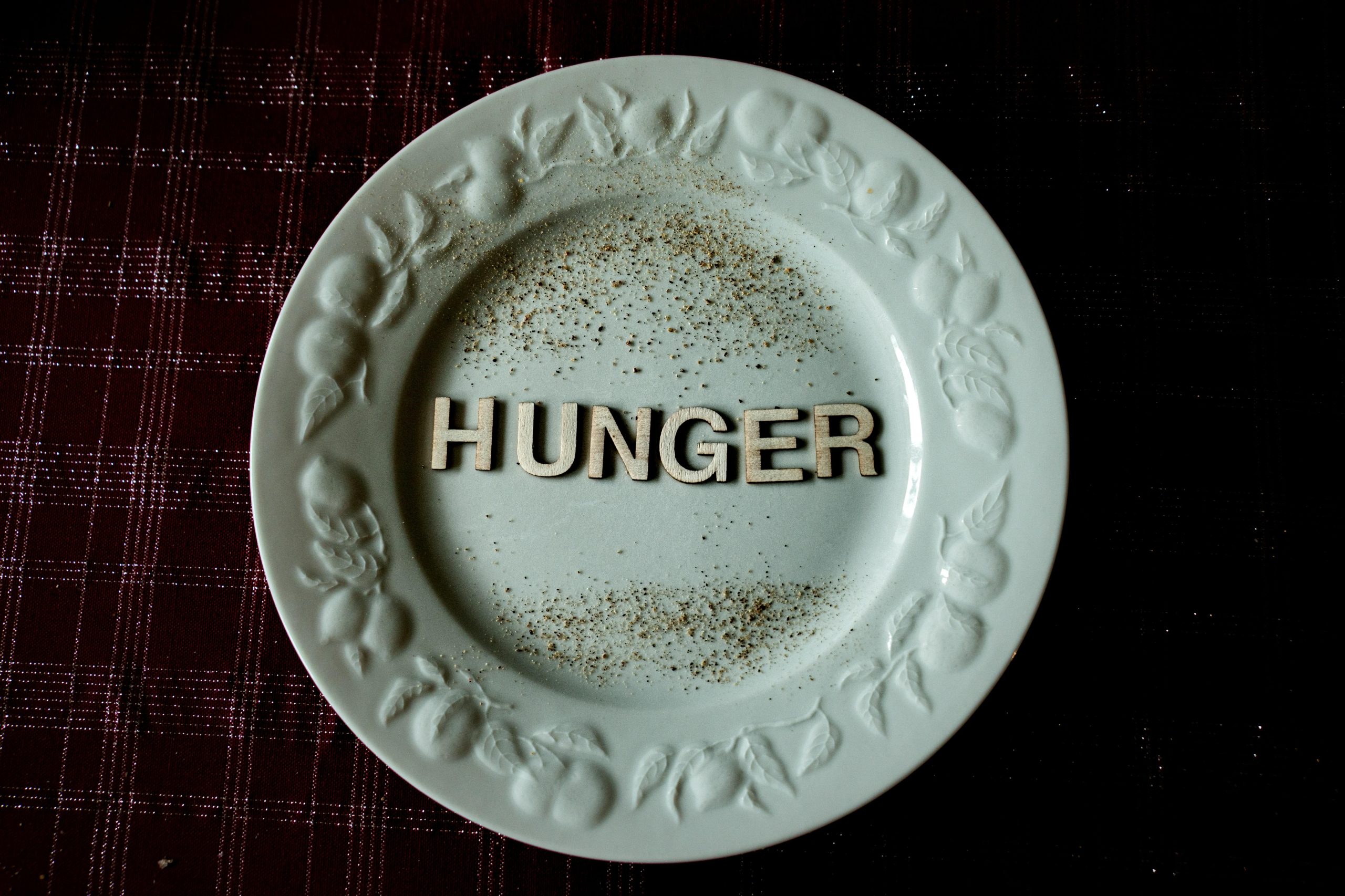|
Getting your Trinity Audio player ready...
|
I sometimes feel that it is my destiny to alert the Jewish community to things it does not want to know. First, that alcoholism is a problem among Jews, then drugs among young people, then spouse abuse. Now I must follow with the news that the incidence of compulsive (addictive) gambling is alarming.
Alcoholism and drug addiction are serious problems among Jews. However, my impression is that compulsive gambling is even more widespread among Jews than alcoholism! If, in fact, we are unaware of the prevalence of compulsive gambling in the Jewish community it is because it is hushed up. It is considered a shonde (absolute disgrace) to have a compulsive gambler in the family.
The compulsive gambler is similar to the alcoholic or drug addict. For him, gambling is not a pastime or entertainment. It is the single most important thing in his life. He will do anything to continue gambling. He denies that he has lost control. He insists that he can recoup his losses. He may say that he is driven to gambling by his wife or employer. He may lose everything and resort to crime to sustain his gambling. He becomes a habitual liar. (One very religiously observant woman said of her compulsive gambling ex-husband that he was simply unable to tell the truth. “If he would tell me that today is Shabbos, I would promptly put on the light, knowing for certain that it must be some other day.”
A crucial caveat! Even though I consider compulsive gambling and other addictions to be illnesses, whether physiologic or psychologic, this does not absolve the addict of responsibility for his actions. The claim that he was under a compulsion to gamble is not an acceptable defense. The Talmud says, “Adam muad l’olam,” a person is always responsible for his actions and for any damage these may cause.
Note to Readers: The insights and wisdom in these books are too valuable not to be shared widely. There’s an urgent need for them to be made into audiobooks, expanding their reach and accessibility. If you have the influence or means to make this happen, I encourage you to lend your support. Let’s work together to bring these important words to a broader audience.
Related Study:
Please note that the studies shared on this website are for informational purposes only. Readers are encouraged to critically evaluate the content and not to accept it as absolute or complete without further verification. The views expressed in the studies do not necessarily reflect the opinions of this website.
Pathological Gambling Disorder: An Overview by Sambhu Prasad and Om Prakash Jiriwal
Gambling has a long back history and also referred to as ‘Natural evil’. The most well-established finding in literature is conceptualisation of pathological gambling as a behaviour addiction with high rate of alcohol and substance use disorders. It finds its place in The Diagnostic and statistical Manual of Mental Disorders, Fifth Edition (DSM 5) and classified in various types as per different authors. The gambling decision is influenced by presence of cues, the activity of dopamine receptors and activation of some brain areas. Treatment of Gambling Disorder (GD) is a challenge. The available options include peer support, brief and motivational interventions, Cognitive-Behavioural Therapy (CBT) and Gamblers Anonymous (GA). The present overview on pathological gambling disorder tries to represents it as heterogeneous disorder based on cognition, its style of gambling, its proneness to relapse and recovery.
Gambling is something (game of chance or skill) when an item of value is placed at a risk in an attempt to gain something of greater value. Gambling can be enjoyable pastime in vacation or long weekend for someone, however, it becomes a problem when there is trouble controlling gambling. Continued gambling is not even affordable.A gambler has lies to conceal in involvement of gambling, jeopardised or lost significant relationships, jobs, carriers opportunities. Problem gambling (or ludomania, but it is referred usually as gambling addiction or compulsive gambling) is an urge to gamble despite harmful consequences which become difficult to control. Gerolama Cardano (1501-1576), a physician who gambled heavily himself, wrote in his book ‘Liberde Ludo Alae’ (The book on game of chances), “Gambling ‘ought to be discussed by a medical doctor like one of the incurable diseases’ and also referred to as a ‘natural evil’ [1]. Freud considered pathological gambling as a neurosis that reflects self punishment for guilt derived from ambivalence towards the father. Later psychoanalysts interpreted the gambling behaviour as the acting out of a subconscious plea for encouragement and favour to a surrogate parent figure such as Fate or Lady Luck [2,3].
Although gambling represents a harmless activity to most of the people, it can lead to serious cognitive distortions (such as impulsiveness, impaired judgement, lack of control etc.,), interpersonal relationships issues, financial crises, and physical and mental health problems. It is associated with various social and personal problems such as impaired functioning, theft, bankruptcy, divorce, imprisonment, decreased quality of life etc., [4]. GD refers to the uncontrollable urge to gamble, despite serious personal consequences. It has only recently been recognised as an addiction. GD is regarded in the DSM-5 as repeated and continuing maladaptive pattern of gambling activities. It typically begins in early adulthood with male predilection tending to commence during adolescence [5]. The gap between women and male gamblers is narrowing. Among gamblers aged 45-60, women outnumber men and 67% of women who seek help are between age 40-60 [6]. Women tend to develop problems more quickly than men (telescoping phenomenon i.e., an accelerated progression of landmark symptoms of gambling). They used to report about childhood abuse, various emotionally difficult life events more likely than men. On the other hand men report about impulsive behaviour, high rate of substance use [7,8].
According to Petry NM, gambling Disorder may be classified as [9]:
Horse/dog race gamblers-generally older persons, having a male predominance and less educated people are seen to be more indulged in such activities.
Sports gamblers-prevalent in young males; relatively high rates of substance users but few psychiatric problems are associated with them.
Card players-spent low to moderate amounts of time and money in gambling; reported few alcohol problems and little psychiatric distress.
Slot machine players-older persons and more likely to be females; began gambling later in life and have high rates of bankruptcy and report some psychiatric disorders.
Scratch/lottery gamblers-usually spend small amount of money in gambling, but they gamble more frequently and have relatively severe alcohol and psychiatric problems.
Others-video game playing, Internet casinos etc.,
According to Blaszczynski A et al., and Committee on the Social Impact of Pathological Gambling, two broad subtypes of pathological gamblers [10,11] are as follows
a) Antisocial-impulsive (action subtype):
Predominantly males with above average IQ, who achieve euphoric state through gambling
Domineering, controlling, and manipulating
View themselves as friendly, sociable, gregarious, and generous
Often energetic, assertive, persuasive, and confident in their interpersonal interactions
Reluctant to their gambling problem and generally resistant to treatment
b) Obsessive-dependent (escape subtype):
Represented equally by male and females
Nurturing, responsible, and active in their family prior to onset of this addiction
Passive-avoidant, unassertive, and in need of empowerment
Often have history of physical, sexual, or emotional abuse and use gambling as a means to escape their problems
Describe feelings of temporary elation and release from physical and emotional pain while gambling
May seek professional help for assistance with their gambling, relationship issues, or both
More malleable to treatment, with a better prognosis.
Moran proposed five types of pathological gambling such as Sub-Cultural Variety; Neurotic; Impulsive; Psychopathic, and; Symptomatic Variety based on the structured interview (i.e., gambling problem, its early initiation and psychiatric illness) [12]. It basically gives importance of personal characteristics and social influences. In a sub-cultural variety, person initiates and maintains gambling disorder under family and/or peer pressure. An individual’s social characteristics also play paramount role in leading to pathological stage. The neurotic gambler starts gambling to overcome tension and stress in their personal life. In impulsive subtype, person has difficulty to control and suffers from huge financial and social assert which Moran considers to be more dangerous subtype [12]. The psychopathic subtype is and over all outcome of their psychopathic personality. In symptomatic variety, gambling occurs as symptom of other psychiatric conditions (most common is the depression).
Gambling Disorder was first included in Diagnostic and Statistical Manual (DSM-III) in 1980 as a disorder of impulse control, not classified elsewhere and diagnosable criteria are modelled after the substance dependence criteria [13]. It had only 3 of 7 criteria and did not focus on financial complications and could not be related to anti-social personality disorder. The gambling compromises disrupt or damage family, personal and vocational pursuits as indicated by at least three of the following:
Arrest for forgery, fraud, embezzlement to obtain money.
Default on debts or other financial responsibilities.
Disrupted relationships.
Borrowing of money from illegal source.
Inability to account for loss or the productivity from earned money.
Work loss.
Need of help from others for financial assistance.
In DSM-III-R (1987), emphasis on money was reduced and replaced with assessment of the impact of gambling on psychosocial functioning which was similar to those for psychoactive substance dependence [14]. The only unique criterion for pathological gambling was related to ‘chasing’ lost money. In DSM-III-R, the restriction upon concurrent diagnoses with antisocial personality disorder was removed. There was removal of chronic and progressive inability to resist gambling impulses, and a requirement of endorsing at least four of nine criteria as follow:
Frequent preoccupation with gambling or with obtaining money to gamble.
Frequent gambling with large amount of money or over longer duration of period than intended.
Need of large bets to fulfil the desired excitement.
Restlessness or irritability if unable to gamble.
Loss chasing.
Repeated failed attempts/efforts to reduce or stop gambling.
Frequent gambling when expected to meet social or occupational obligations.
Loss of important social, occupation or recreational activities in order to gambler.
Continuation of gambling despite the inability to pay mounting debts, or despite other significant social, occupational, or legal problems that the person knows are exacerbated by gambling
In Diagnostic and Statistical Manual (DSM–IV), it was classified under the section of “Impulse control disorder not elsewhere classified” alone with kleptomania, intermittent explosive disorder, pyromania, trichotillomania [15]. It included 10 of which five or more were needed for diagnosis. The five of the seven dependence criteria were similar to that of the criteria in the pathological gambling, but the others have no parallel theme. These included:
Items related to escaping negative moods.
Chasing losses.
Lying to others.
Committing illegal acts.
Relying on others for bailouts.
Thus, authors saw that there was increase in number of criteria across the three DSMs versions for diagnosis of pathological gambling indicating diagnosis has become stringent across the version, and possibly more difficult than substance use disorders. The DSM-5 has shifted the pathological gambling to substance use disorders and addictive behaviour [16]. There is growing evidence which states that the GD resembles that of alcoholics and drug addict not only with the external consequences but also with that of inner brain activity (structurally and functionally involving neurochemical changes). It includes persistent and recurrent problematic gambling behaviour leading to clinically significant impairment or distress, as indicated by the individual exhibiting four (or more) of the following in a 12-month period:
Needs to gamble with increasing amounts of money in order to achieve the desired excitement.
Are restless or irritable when attempting to cut down or stop gambling.
Repeated unsuccessful efforts to control, cut back, or stop gambling.
Is Often preoccupied with gambling.
Often gambles when feeling distressed.
Returns another day to get money after losing money in gambling.
Lies to conceal the extent of involvement with gambling.
Has jeopardised or lost a significant relationship, job, or educational or career opportunity because of gambling.
Relies on others to provide money to relieve desperate financial situations caused by gambling.
A threshold of relatively greater stringency for the diagnosis of GD (meeting four of nine inclusionary criteria) compared to substance-use disorders (meeting 2 of 11 inclusionary criteria). The foremost change in the description for the diagnosis of GD in DSM-5 is the removable of criterion which has illegal activities (frauds, embezzlement, etc.,) as researchers found low occurrence of such activities and would not alter the prevalence.
The Scale of Gambling Choices is used to measure impaired control across gambling behaviour and primarily based on an earlier effort to operationalise impaired control over alcohol [17]. The South Oaks Gambling Screen (SOGS) is the most widely used in epidemiological studies and measures lifetime gambling problems with good reliability and validity. It has 20-items questionnaire based on DSM-III diagnostic criteria and is self-administered or administered by a rater. A score of 0means no problem with gambling; 1-4 indicates some problems with gambling and score of ≥5 indicating probable pathological gambling [18]. The Brief Biosocial Gambling Screen (BBGS) is a three items screening scale based on DSM-IV designed to help people decide on their own whether to seek a formal evaluation of their gambling behaviour [19]. The National Opinion Research Centre (NORC) diagnostic Screen for Gambling Problems based on DSM-IV screened about lifetime and past year gambling problems. A score of 1-2 means mild, 3-4 indicates moderate and 5 and above indicates high likelihood to develop Gambling Problems [20]. The NORC also has modified self-assessment version which helps to evaluate the gambling behaviour at initial period based on DSM-IV criteria for PG [21,22]. The DSM 5 Screen for Pathological Gambling is from DSM 5 manual. Four or more yes indicates diagnosis of GD whereas less than four indicate a potential problem or risk which need further evolutions [16].
Exact prevalence is difficult to estimate due to inconsistencies in both screening techniques and diagnostic criteria used in research studies. Most of the researches were from developed countries and resource-poor nations have limited research on gambling prevalence. Using the South Oaks Gambling Screen, rates of pathological gambling are estimated to be 1.6-4.0% in the United States and 0.8-6.0% in other countries [23]. Results from the St. Louis Personality, Health and Lifestyle (SLPHL) study state that lifetime prevalence rates of 12.4% subthreshold and 2.5% problematic GD (conditional prevalence=21.5% and 4.3% respectively) [24]. In a cross-sectional observational study at tertiary de-addiction centre in India, the GD according to DSM-5 was 11.4% and according to SOGS was 12.3%. Playing cards for money was most common type [25]. In a cross-sectional study of college students in South India where a total of 5580 students participated in the study only 19.5% (1090) reported having ever gambled and 7.4% (415) reported having problem gambling [26].
The most well-established finding in literature is conceptualisation of pathological gambling as an addictive disorder. High rates of alcohol dependence and other substance use disorders among individuals with pathological gambling [24] suggest common underlying vulnerability for pathological gambling and other addictive disorders [27]. In studies of methadone maintenance patients, rates of pathological gambling range from 7% to 18% [28]. One explanation for co-occurrence of substance use disorders and pathological gambling is that both may be manifestations of an underlying personality trait such as impulsivity e.g., high scores on personal inventories of impulsivity in substance abusers and also in pathological gamblers. Gambling problems and substance abuse had an additive effect on impulsive choice behaviour. Risky sexual behaviours are common among pathological gamblers like substance abusers [29]. Stress-related medical conditions such as hypertension, peptic ulcer disease, and migraine headaches are common among pathological gamblers. High incidence of depression is found among pathological gamblers. The highest mean prevalence for nicotine dependence was around 60.1%, followed by a substance use disorder (57.5%), mood disorder (37.9%) and anxiety disorder (37.4%) [30]. Genetic and molecular genetic studies also indicate a substantial heritable link. The substance use disorders and gambling partially attributable to genetic link by same set of genes [31].
Individuals with pathological gambling experience and become dependent on achieving an aroused, euphoric state similar to a drug-induced “high” which conceptualised it as an addictive disorder, similar to alcohol and drug abuse. “Craving” has been target of research and treatment intervention in many addictive disorders, including substance misuse. Central feature of all gambling includes: subjective excitement or arousal which is often referred to as gamblers’ drug. The excitement is subjectively experienced and an objectively verifiable state of arousal, not sexual, but probably autonomic and/ cortical. It is also assumed that the gambler is not striving to win a fortune, but aiming to maintain a phenomenological state of excitement and/escape, i.e., an optimum level of arousal. Excitement or euphoria is addictive and that since it is short-lived, it needs to be repeated. Higher arousal is associated with greater persistence and more withdrawal symptoms when trying to abstain [32]. Tolerance in gambling-role of arousal and role of cognitive biases are critical for maintenance of gambling. According to model of “psychobiology of near miss”, when a gambler wins or nearly wins, he or she gets physiologically aroused, and that in the gambler’s terms, they are not constantly losing but constantly “near winning” [33]. It has been noted that difficulty in maintaining control within a session is quite common in regular gamblers, seemingly more so than across sessions (“inability to refrain”). Impaired control over gambling is known to correlate with time spent gambling and expenditure like other addictive disorders. The process of “over-attachment”, of which impaired control is a core aspect, is a general phenomenon across drinking and gambling behaviours [34]. Pathological gamblers have heightened degree of impulsivity which correlates with the severity of its psychological and behaviour changes [35].
Gamblers have low autonomic arousal that they seek to augment by gambling. Consequently, they become addicted to their own arousal because of its self-reinforcing physical and psychological effects. Dopaminergic and serotonergic functions have been found altered among pathological gamblers. In pathological gambling subjects’, binding profile for both D2 and D3 receptor subtypes did not differ significantly from those of healthy controls although a relationship between D3 levels across PG subjects and symptom severity and impulsiveness was observed [36]. Decision making (frontal lobe function) impairment is seen in pathological gamblers like cocaine, opiate and alcohol abusers, who have shown abnormalities in ventromedial prefrontal cortex during functional neuroimaging studies [37]. In neuroimaging study, viewing gambling pictures is related to greater brain activation in visual processing, emotion-motivation and attentional-control brain circuitry in treatment-seeking problem gamblers. These effects are consistent with those observed in substance dependent persons [38]. Brain-volume morphometric study found that both right amygdala and left hippocampal volumes were significantly decreased in pathological gambling subjects (n=32) compared with healthy subjects (n=47) [39]. Meta-analysis of reward pathway dysfunction in gambling disorder using functional neuroimaging concluded that during loss-anticipation and loss-outcome gamblers have increased activity in the right ventral striatum during loss anticipation and decreased activity in right ventral striatum and right medial-prefrontal cortex during loss-avoidance [40].
Natural history of pathological gambling is characterised by exacerbations and remissions, often related to life events. Its prognosis is usually determined by the integrity of the underlying personality, depression and other neurotic disorder. In process analogous to the progression from social drinking to alcohol dependence, gambling disorders are thought to develop by progression from social gambling through problem gambling to pathological gambling (Griffiths, 1996). In two US National Surveys among individuals with a lifetime history of DSM-IV pathological gambling, 36%-39% did not experience any gambling-related problems in the past year, even though only 7%-12% had ever sought either formal treatment or attended meetings of Gamblers Anonymous. About one-third of the individuals with pathological gambling disorder in these two nationally representative US samples were characterised by natural recovery [41].
There is a small body of empirical literature on the evaluation of the treatment of problem gambling. Conclusions about relative efficacy of the various treatment modalities are impossible to make due to small sample sizes, lack of control groups and poor follow-up rates. Resolved gamblers are similar to alcohol and other drug treatment-seekers in terms of the proportion endorsing each reason for resolution. Major reason for not seeking treatment by resolved gamblers is that the desire to handle the problem without help has been consistently reported in studies of people with serious alcohol and other drug problems who have not accessed treatment [42]. Team approach involving at least a psychiatrist, psychologist and social worker is suggested:
Assessment of the problem and motivation for treatment.
Assessment of financial, familial, occupational and legal problems related to gambling.
Management of finances-encouraged to draft realistic plan of repayment.
Assessment of social relationship and should be encouraged to review with the help of social worker.
Assessment of suicide risk and interventions.
Assessment marital problems and provide couple therapy if necessary.
Assessment of antisocial personality disorder.
Pharmacotherapy.
Identify and treat comorbid mood and substance use disorders.
Treatment options including self-help and peer support, brief and motivational interventions, and CBT in order to regain control of their addictive behaviour. Gamblers Anonymous (GA) is based on the 12-steps philosophy pioneered by Alcoholics Anonymous (AA). GA appears to benefit those with greater addiction severity but the aforementioned characteristics (e.g., abstinence orientation) may reduce its appeal for some individuals. There is relatively little data on GA as a stand-alone treatment, but available studies suggest that GA’s benefits as a sole intervention are modest, possibly as a consequence of high drop-out rates [43]. Bibliotherapy, a self help treatment has been evaluated for problem gambling is useful for gamblers relative to those randomised to wait-list controls [44]. In contrast, a Randomised Controlled Trial (RCT) and its 24-month follow-up, suggest that limited therapist contact may be an important factor of successful bibliotherapy for gambling problems [45,46].
Motivational interview for duration of 75 minutes was effective in reducing gambling frequency and dollars wagered compared to control, with effect persisting for a year demonstrated in a RCT [47]. More concise time-limit format (e.g., 10-15 minutes) such brief advice, personalised feedback were also shown to promising in reducing problems associated with gambling [42] even it was compared with extensive formats (e.g., four session of motivational interview combined with CBT) [48,49]. Again, in RCT [50] that included less severe college student gamblers, a 4-to 6- session CBT condition did not yield improved outcomes relative to a single session of personalised feedback. Professionally delivered, manual-guided CBT improves outcomes relative to GA or self-directed bibliotherapy in those with GD in RCTs [43,51]. Other studies examining format (group versus individual) or comparisons of CBT to other active therapies generally find no differences amongst the comparisons groups [52]. The principles of CBT for gambling disorder is very much similar to CBT for substance abuse treatment, however, the cognitive therapies that focus on the distorted cognitions related to gambling are unique in content involving more therapeutic contracts [53,54].
GD is a public health problem. Renewed understanding has led to its inclusion under addictive disorders in DSM-5. Differences exist which needs to be accounted for in newer models. GD, as the first non-substance behavioural addiction, sets the bar for consideration of other disorders as behavioural addictions in the future. As reviewed, GD shares many features across many domains with substance use disorders, leading some investigators to espouse a syndrome model of addiction, which highlights the aetiological overlap across the various manifestations of addiction (e.g., uncontrolled gambling, alcohol use, or cocaine use). Researchers and clinicians alike should account for the substantial overlap in these conditions when conceptualizing psychopathology for the varied purposes of designing research studies, assessing for clinical symptomatology, and planning treatment. Future research should be geared for more biological research and better treatment.
January 2019Journal of Clinical and Diagnostic Research 13(1)
DOI: 10.7860/JCDR/2019/37456.12445
License: CC BY-NC-ND











